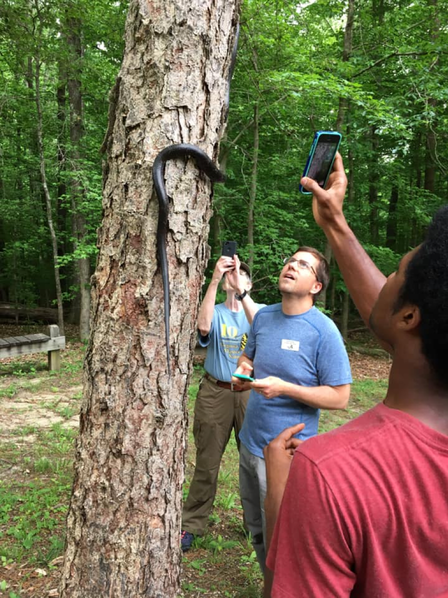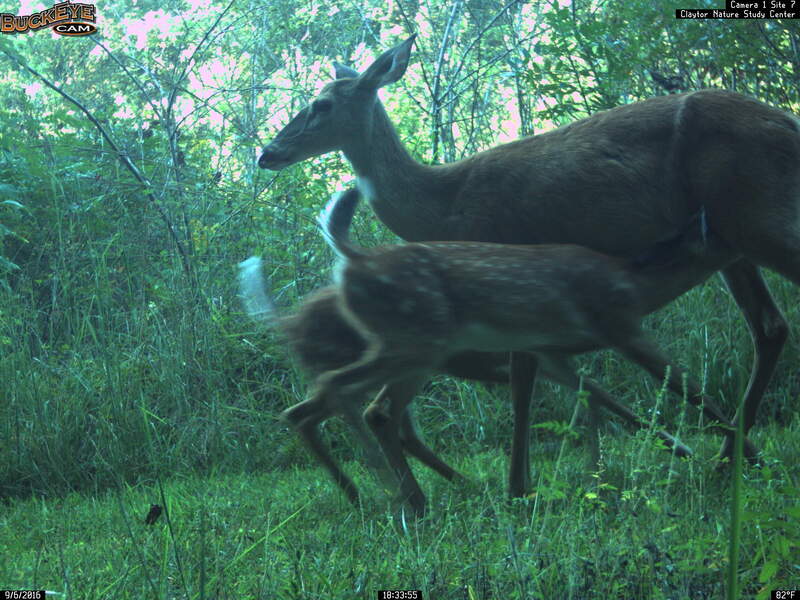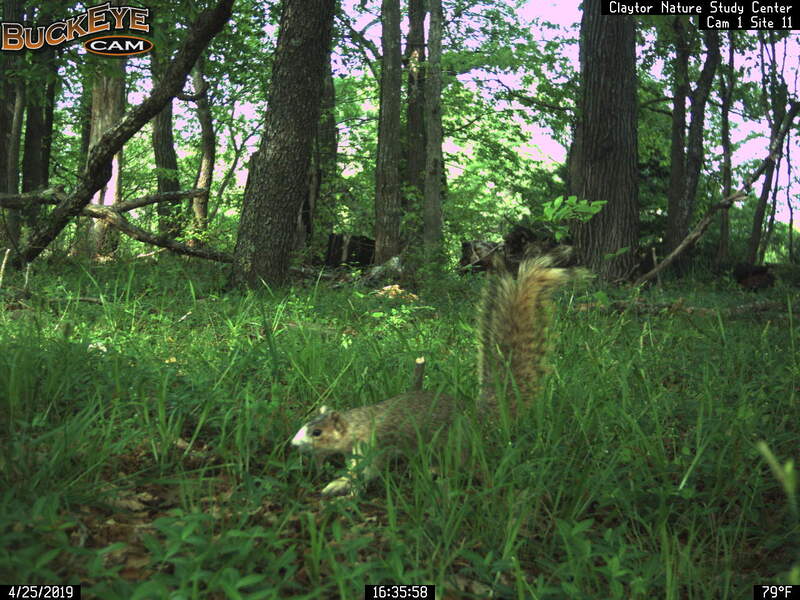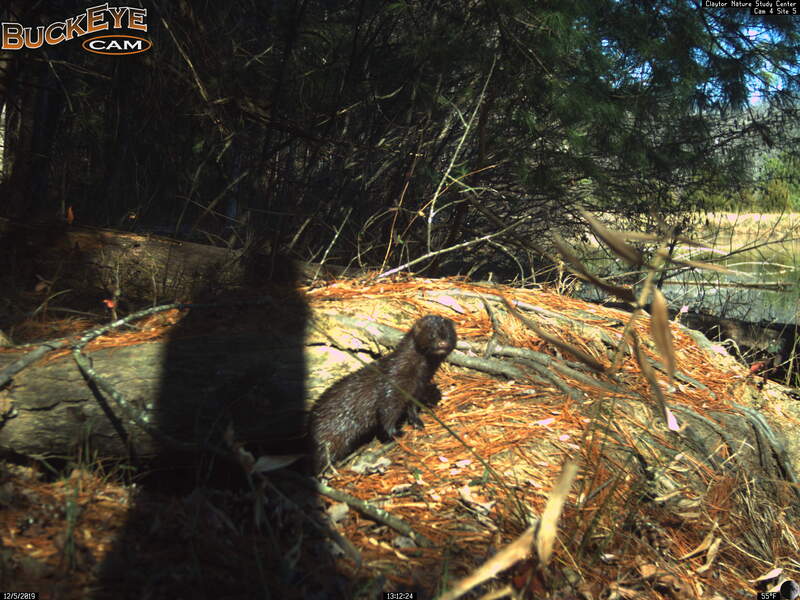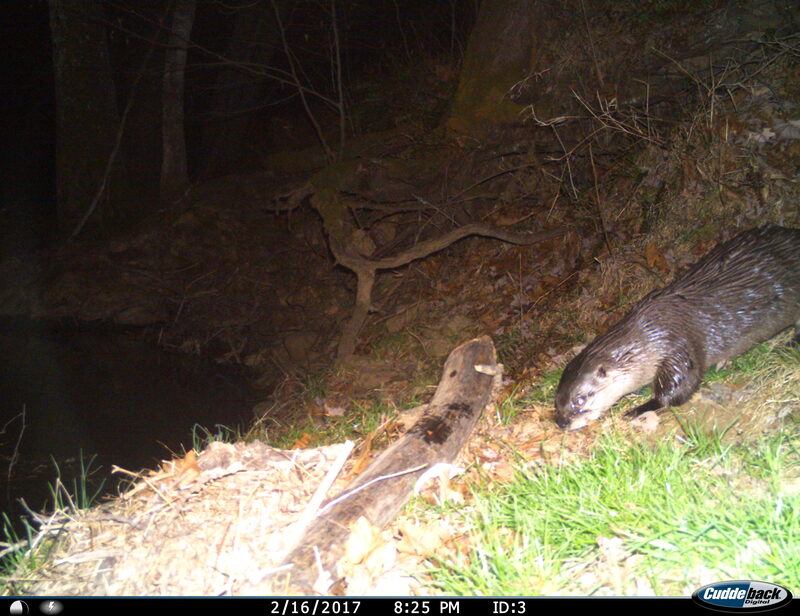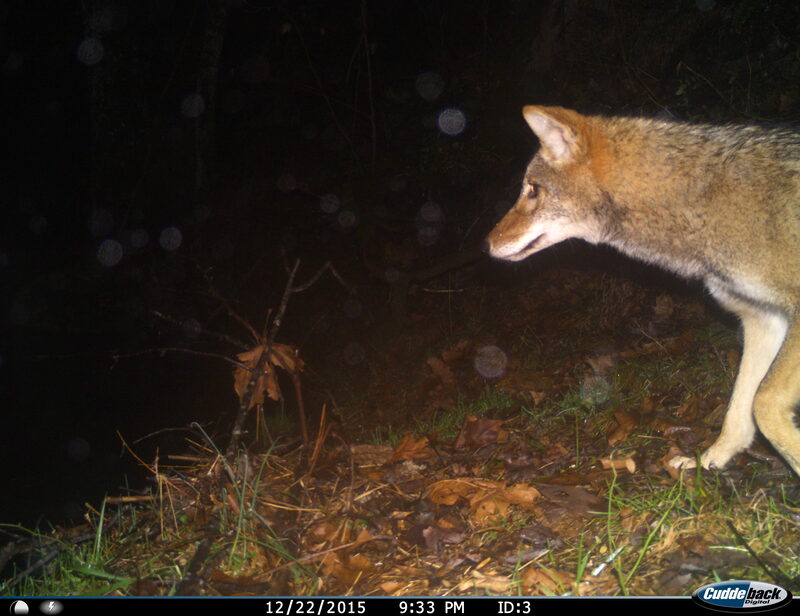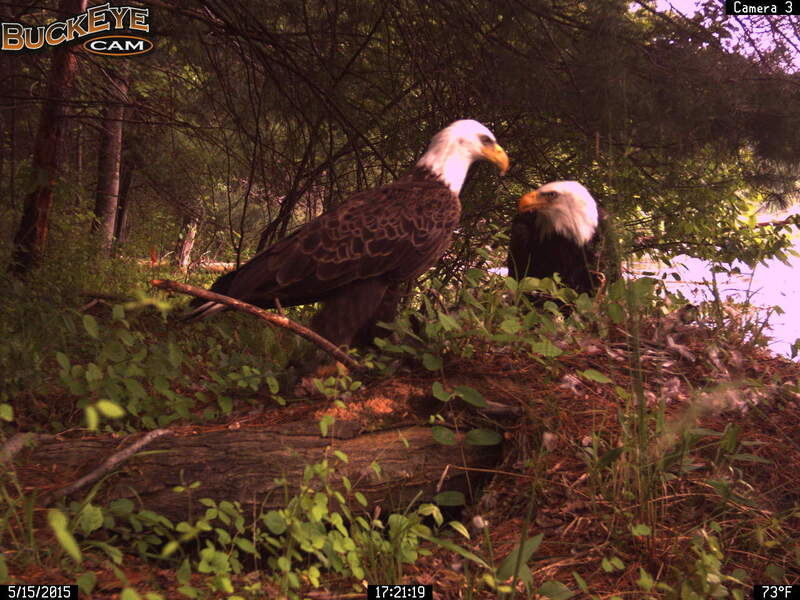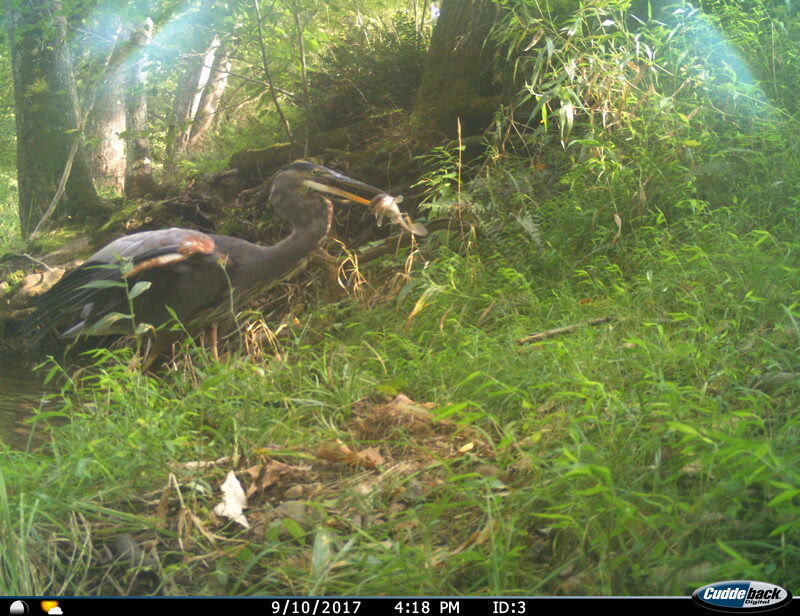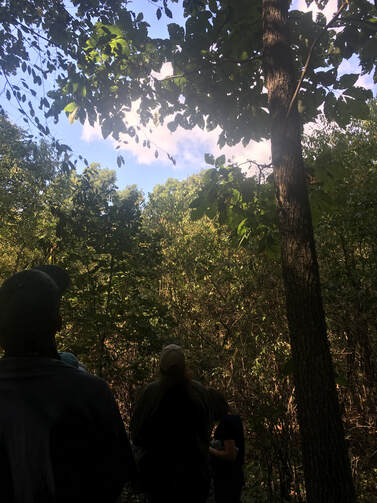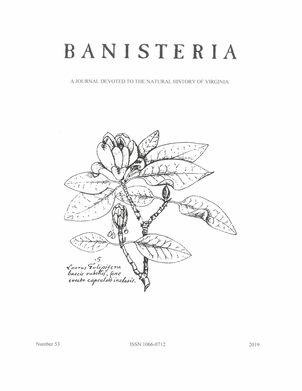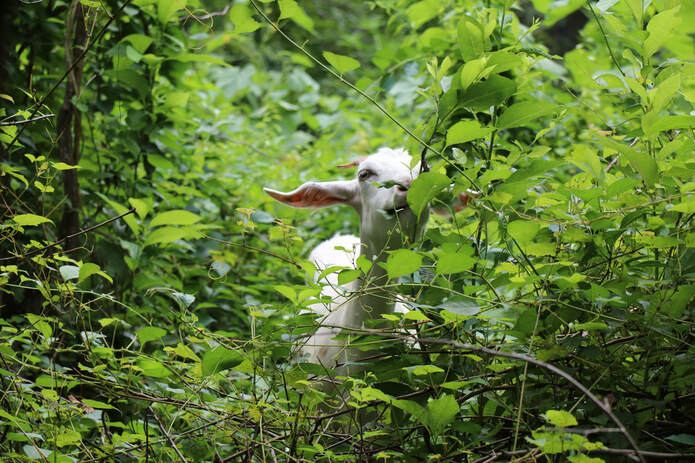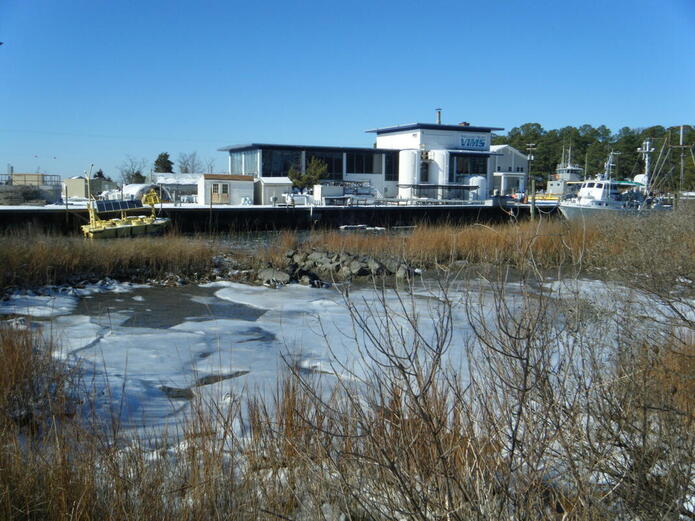Laurels – Winter 2020
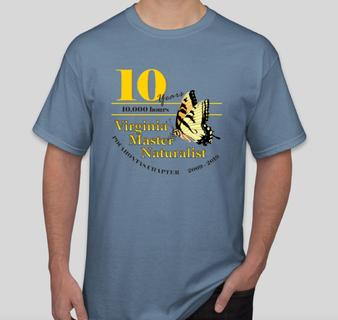 The VMN-Pocahontas Chapter 10th anniversary t-shirt.
The VMN-Pocahontas Chapter 10th anniversary t-shirt.
The Pocahontas Chapter Virginia Master Naturalists celebrated its tenth anniversary in 2019 with special recognitions, education, service and an overnight camp-out. The anniversary campaign, “10 Years, 10,000 Hours” was launched in May to recognize a milestone year and to encourage members to reach and sustain an annual goal of 10,000 volunteer service hours as the chapter continues to create and support new projects and increase its membership.
The anniversary year kicked off with a t-shirt contest where members were invited to submit designs related to the theme. Laurie McAleenan’s entry was chosen as the winner. On May 5, a formal celebration was held for members and special guests at the park. Speakers included Michelle Prsyby, Virginia Master Naturalist statewide coordinator; Keith Morrison, former Pocahontas Chapter advisor with the Virginia Department of Conservation and Recreation who helped charter the chapter; Josh Ellington, former Pocahontas State Park manager, now District Manager with DCR overseeing six state parks (including Pocahontas); Christen Miller, Visitor Experience Manager with Virginia DCR, a 10-year instructor, and a charter member of the Pocahontas Chapter; and Lisa Quigley, first President of the Pocahontas Chapter and a Class of 2009 graduate. Attendees enjoyed project displays, cake and had the chance to view and sign the chapter’s 10th anniversary photo book with pictures and reflections from members throughout the years.
A weekend of continuing education and service opportunities took place May 10-11 that began with an evening campfire (s’mores included) and live music by the band WitchDuck (led by VMN Carmen Rabago). Group cabins were generously provided by Pocahontas State Park for members to stay overnight—which could only mean an after-dark hike to Swift Creek Dam was a must for star gazing!
Saturday activities began with continuing education programs that included bird identification in the park led by John and Caroline Coe, a herpetology survey led by Michael Clifford, and presentations on the State of the James by JRA Riverkeeper Jamie Brunkow, and animal rehabilitation by Colleen Harlow with Alliance of Wild Animal Rehabilitators and Educators (AWARE).
After a catered barbecue lunch, members could join small groups for volunteer activities that included clean-up for park trails and waterways, invasive species removal, and maintenance at several native plant gardens.
The chapter is grateful to all those who participated on the anniversary planning committee to coordinate these events. In all, more than 50 Pocahontas Chapter members participated in our anniversary year activities!
Members of the VMN-Historic Southside Chapter contributed to the collection of data and writing for the newly released Nansemond River Preservation Alliance State of the River Report. VMN volunteers involved included Geoff Payne (chair of the Alliance’s Water Quality Committee), John Wass, William Old, Ken Dugan, Wayne Martin, Leora Porter, and Donald Porter.
The 2019 Conservation Educator of the Year Award was given to the Old Rag Master Naturalists, a group of volunteers in Culpeper, Fauquier, Greene, Madison, Orange and Rappahannock counties. Members of the group take a basic training course of lectures and field trips. To remain active they complete a minimum number of continuing education and volunteer hours. According to CSWCD, “the district’s Meaningful Watershed Educational Experience (MWEE) program would not be possible without the volunteers of the Old Rag Master Naturalists. In particular, Bill Clark and Ken Cranston were recognized at the banquet. They have volunteered more than 300 hours with CSWCD.”
Ben Shrader, VMN-Central Virginia Chapter, recently compiled results from more than ten years of camera trapping at the Claytor Nature Center. This nature center in Bedford, Virginia, is owned and managed by the University of Lynchburg for environmental conservation and education.
A wide diversity of wildlife has been observed through the camera trapping study, including deer, bears, fox squirrels, raccoons, opossums, groundhogs, wild turkeys, striped skunks, beavers, otter, mink, muskrats, coyotes, both red and gray foxes, Great Blue Herons, bobcats, and bald eagles! Ben has used the long-term data set to describe trends in abundance and seasonality of these species at the site.
View a small selection of the photos Ben has captured at Claytor Nature Center. Click on each photo for the caption with identification information.
Laurels – Winter 2020 Read Post »

